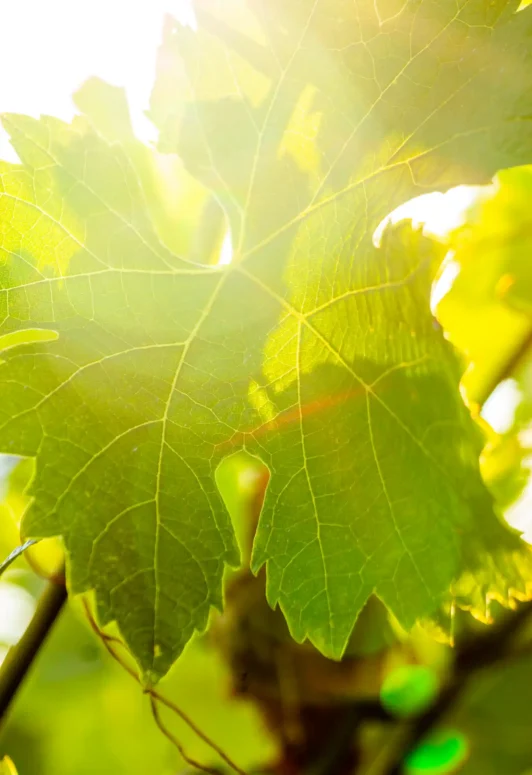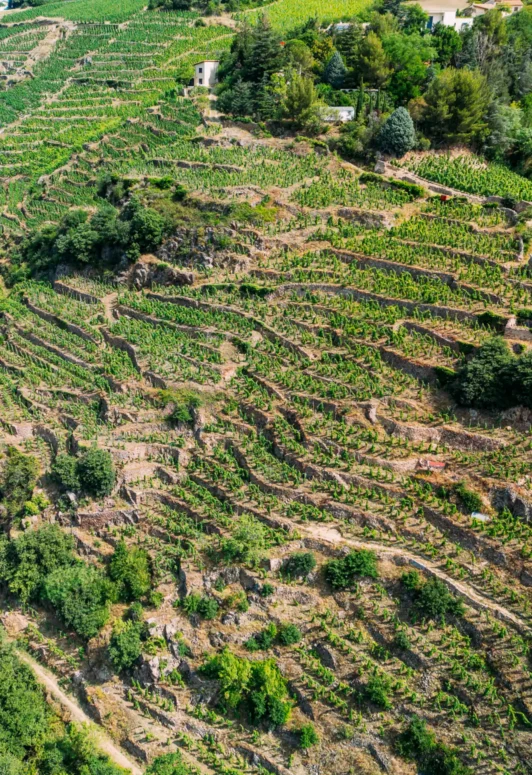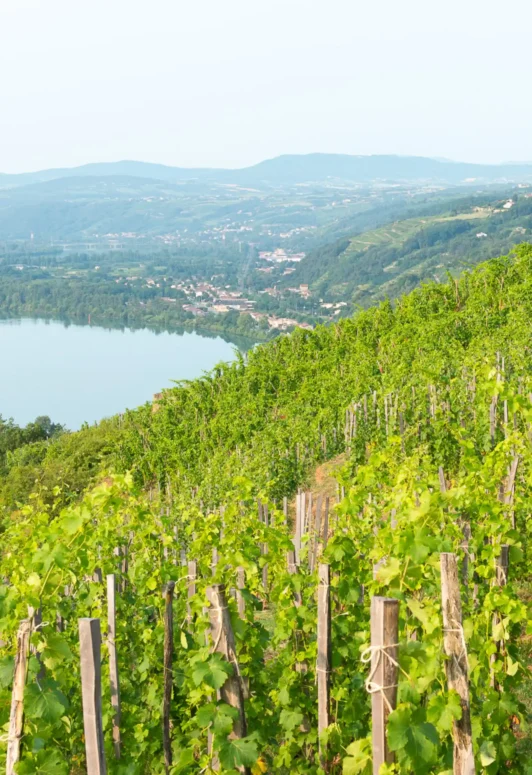A famous wine since Antiquity
A reputation that has stood the test of time
A golden age, followed by dark years
The creation of the AOC and the decline of the vineyards
On the brink of disappearance, a renaissance
However, in the 1980s, the vineyards underwent a renaissance thanks to the determination of a small group of wine producers. Wine production became more professional, new wine domaines appeared, gastronomic wines became fashionable, the abandoned hillsides were replanted, and the chayées/chaillées (narrow terraces) were rebuilt…
The Condrieu appellation was back!
The turning point in 1986
All the vineyards located above an altitude of 300 metres were excluded. A third of the area was therefore withdrawn from the AOC, leaving only the best-exposed hillsides, where the Viognier grape ripens best. After this revision, the AOP covered a total of 262 hectares.
The recognition and challenges of the 21st century
The Condrieu wine producers have a long history of working in harmony with nature, coping well with unexpected events and overcoming crises. They are well-placed to meet whatever challenges the future may bring.












